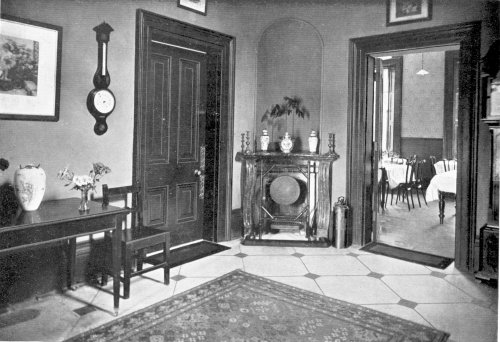What does 50 years feel like?

I was slightly young for it, I entered high school in 1968; I watched the riots at the Democratic convention on my grandmothers television while on holiday in Ohio. The music, the war, the protests were things that the older kids did, things that we would do when we were in college. Of course, in 1972 it was largely over: I got my draft lottery number (over 300) even as the war was ending.
Not really that long ago: it feels like yesterday.
Only it was fifty years ago.
I paused to get my thoughts around that fact. Think about it: today, we are as far removed from the 60’s as people of that time were from 1912. T
1962 was a completely different world from 1912. So, is 2012 a completely different world from 1962?
It doesn’t feel like it. Nothing feels unfamiliar, only more evolved. I had access to a computer in high school (granted, there was only one computer for the whole school), color television had arrived, we shopped in food stores, cars weren’t 
My grandfather was just a boy in 1912, I wonder how he would compare the two periods. Was there less change after the 60s, or do I just have less perception of it? By assimilation, accommodation, figuring out what to adopt, and where things fit in life,  everything from cell phones to mission statements emerged and then became everyday-ordinary to us. A digital camera, a blog: who can say what looks antique from my children’s perspective, or revolutionary from my father’s.
everything from cell phones to mission statements emerged and then became everyday-ordinary to us. A digital camera, a blog: who can say what looks antique from my children’s perspective, or revolutionary from my father’s.
50 years. Strange how I really don’t feel it: how recognizable old friends still are and how relevant the knowledge from high school still seems.
It seems like it should feel a lot more…different, doesn’t it?
Labels: History




















